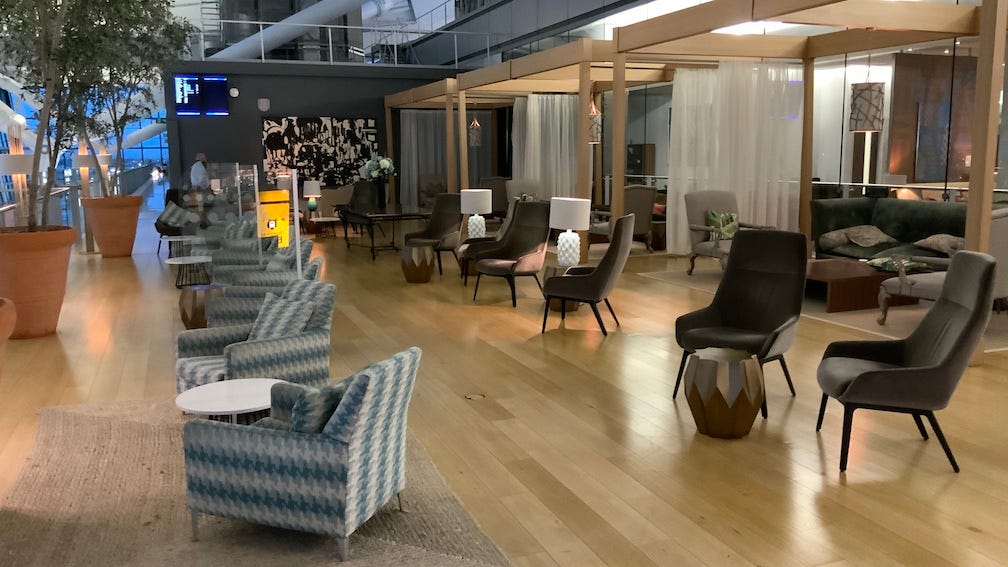Status Match
Lessons from online dating help show why a status match programme is the best way for airlines to acquire high value passengers, fast
Consider online dating and you might imagine gorgeous girls and hunky guys falling in love at first swipe. The reality is not so sweet, as robot profiles, matches that go nowhere and a sense that a better option is always available can turn even the most romantic heart into stone.
The economics of the dating market might make few hearts race, but they do…
Keep reading with a 7-day free trial
Subscribe to Airline Revenue Economics to keep reading this post and get 7 days of free access to the full post archives.

